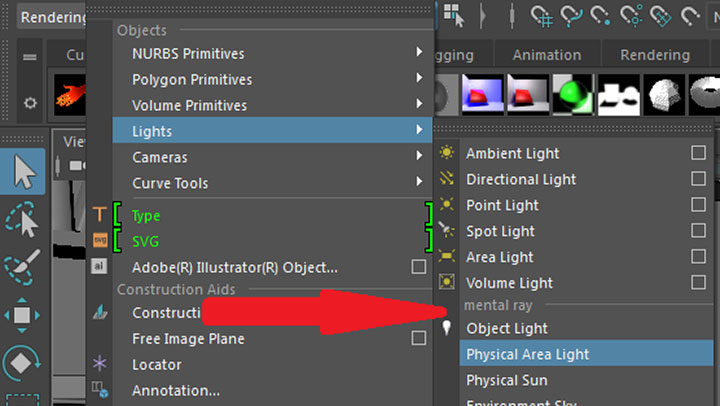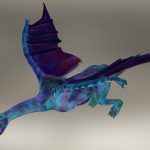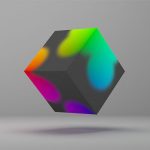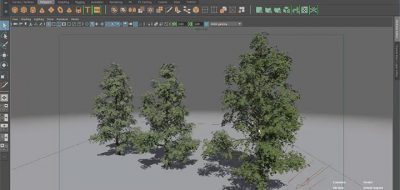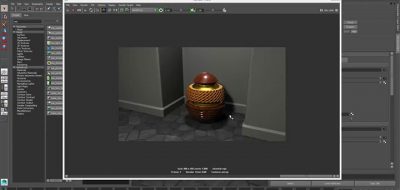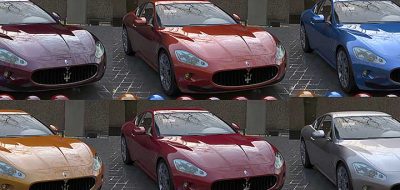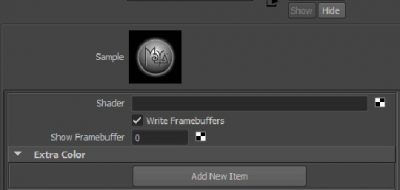Want to learn more about the MILA Layering shader in Maya 2016? Mental Ray instructor at the ARC (Advanced Rendering Center) at NVIDIA, Barton Gawboy, posts a look into using modern materials in Maya 2016 with mental ray.
These materials are designed to work more compatibly with unified sampling, and the simpler UI quality controls.
Nvidia added a new layer shader to the mental ray shader nodes, in the hopes of advancing mental ray materials to fit better with a more modern workflow. MILA, the layering material is built to provide better compatibility with unified sampling and quality controls. It is meant to be a more flexible solution for balancing global samples, versus local sampling controls.
MILA in mental ray also offers simple passes which can help to adjust the quality settings. An example of that would be the difference between direct and indirect lighting. Barton shows how to adjust MILA material quality, and covers the scene settings that are shared across materials.
The interesting part about MILA is that complex layers within the shader don’t really have a direct affect on performance. Barton notes that this is due to the elemental component structure. The material can either be selectively sampled, or flattened for a single BSDF representation. This means that when the depth of a ray increases, there are more opportunities for optimizations.
Visit Inside mental ray for the complete post.

